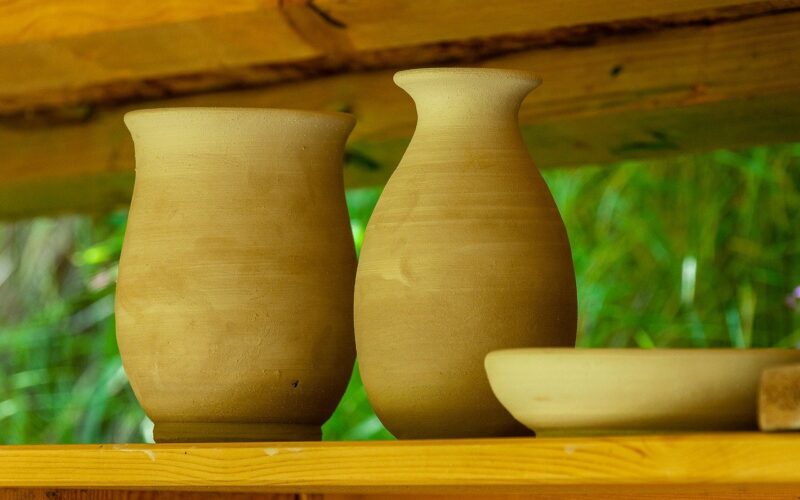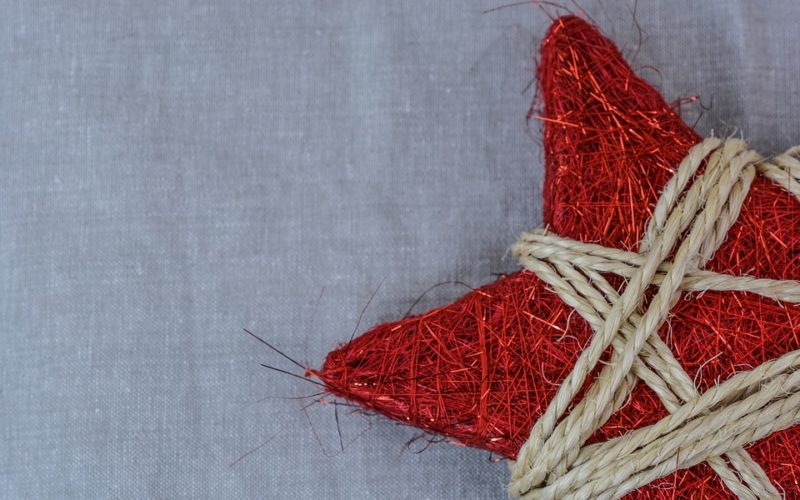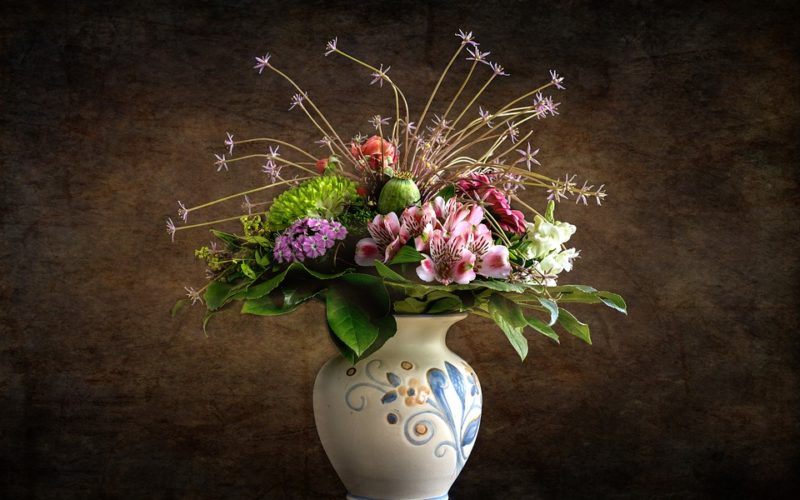Making Art Your Own
Create something beautiful with your own two hands! Ceramics and glasswork have been a favourite pastime for centuries, allowing people to channel their creativity into something tangible. From pottery to vases, glasses, figurines, and even jewellery - the possibilities are endless with this craft. In this blog post we will explore the basics of making ceramic pottery and glassware as well as exploring the art of glass blowing - discovering its rich history and traditional techniques that anyone can try at home or in a workshop setting. No matter your skill level, you’ll be amazed at what you can achieve when it comes to crafting some truly unique pieces of artwork from clay or glass.
Getting to know the basics
If you've ever marvelled at the intricate designs on a piece of glassware or ceramic dish, you might be interested to learn about the basic tools, materials, and techniques that go into their creation. Glass and ceramic making require precision and skill to turn raw materials into beautiful and functional objects. From glassblowing and pottery throwing to kiln firing and glazing, each step in the process requires careful attention to detail. By understanding the fundamentals of glass and ceramic making, you can gain a deeper appreciation for the artistry and craftsmanship involved in producing these everyday items.
Essential safety measures
When working with ceramics and glass, it's essential to take the necessary precautions to ensure your safety. This includes investing in protective gear like gloves and face shields to prevent cuts and burns. Protective clothing like long sleeves and pants can also minimise the risk of injury from sharp objects and hot surfaces. And don't forget the importance of eyewear to protect your eyes from flying debris. By prioritising your safety, you can create beautiful pieces without putting yourself at risk.
Tips for creating your own designs
Designing your own creations can be a fun and rewarding experience, but where do you start? Consider exploring various shapes and forms in your design process to create a truly unique piece. Take inspiration from nature or abstract shapes to add dimension and interest to your design. Additionally, colour combinations can make or break a design. It’s important to understand colour theory and how different colours work together before deciding on a final palette. There are several ways to decorate your creation including, painting, glass decals and ceramic transfers. Experiment with different hues and shades to find the perfect combination that pops. With these tips, you’ll be well on your way to creating your own stunning designs.
The steps of the glassmaking process
Glass is a unique material that has been valued for thousands of years. The process of creating glass is a true art form, requiring skill and precision that has been passed down through generations. The first step in glassmaking is melting, where raw materials such as sand and soda ash are heated to an incredibly high temperature. Once the materials have melted, the glass can be shaped using a variety of techniques. From there, different colours and textures can be blended into the glass to create a unique design. Lastly, the glass is finished to give it a glossy and smooth appearance, or else it can be decorated with glass transfers. Each step in the glassmaking process is crucial and requires expert attention to detail. When it all comes together, the result is something that is not only beautiful, but also functional.
The steps of the pottery making process
Pottery has been an integral part of human civilization for centuries, and the process of creating these masterpieces is truly fascinating. It all starts with gathering the right type of clay, which is then wedged and crafted using a pottery wheel. Once the clay has taken shape, the pieces are left to dry for several days before being put into a kiln for firing. This is where the magic happens, as the heat transforms the malleable clay into a durable, long-lasting masterpiece. The final step involves glazing the pottery to give it a polished finish and can be decorated with ceramic decals. Each step in the pottery making process requires precision and skill, making it not just an art form but a true craft.







